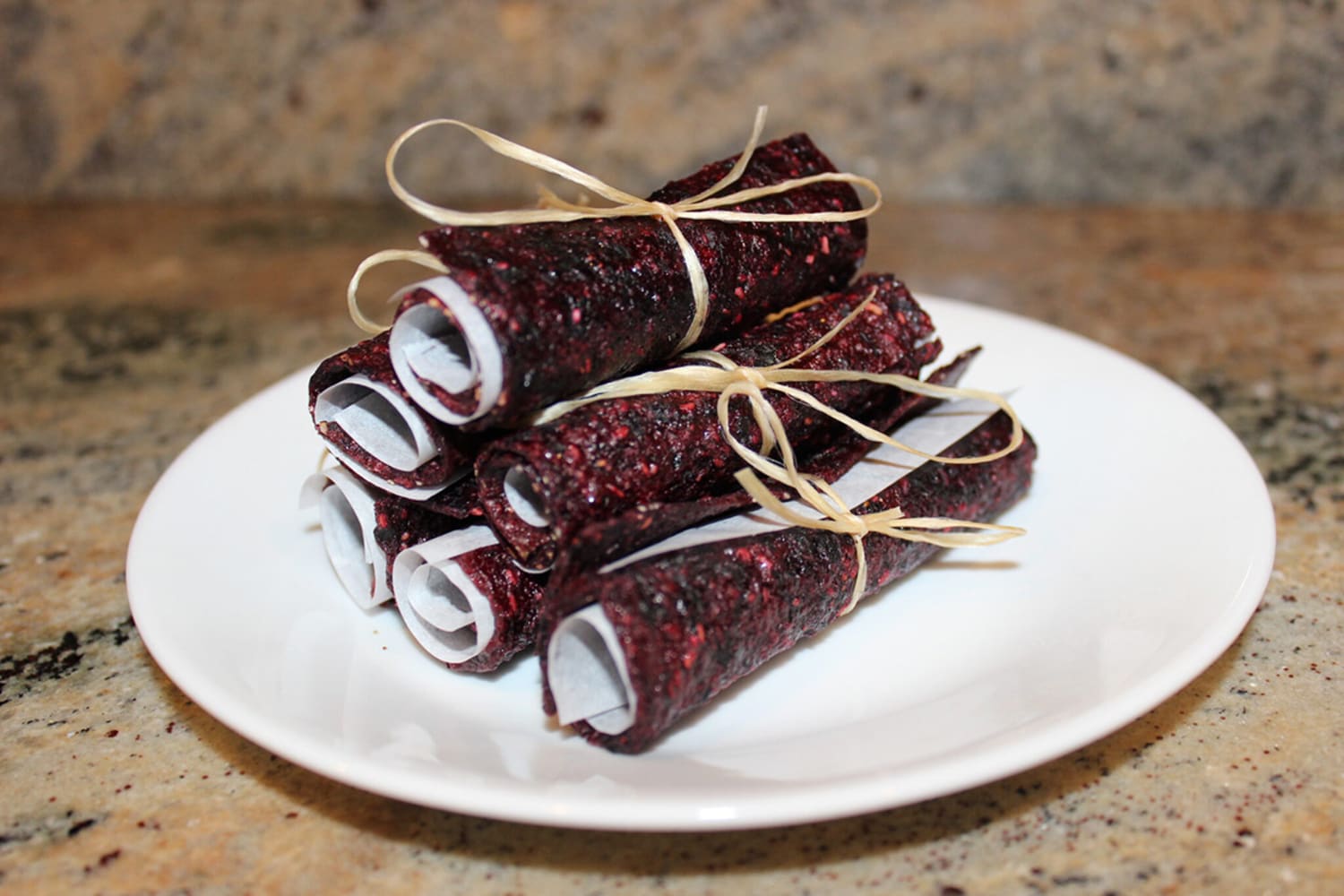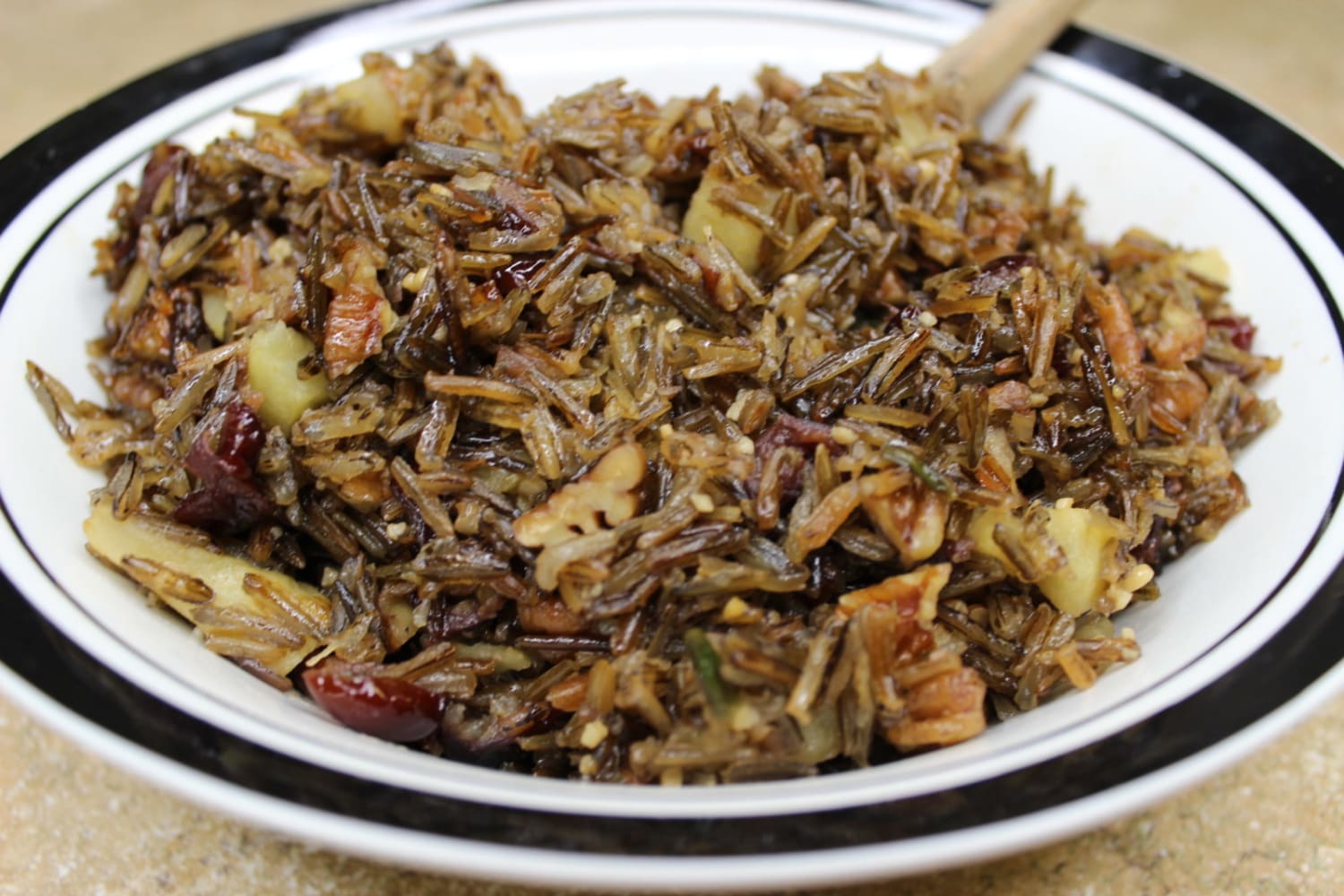A raft of new initiatives are elevating Indigenous cooking—and preserving a rich cultural heritage in the process.
The culinary industry is making a conscious effort to support Indigenous and minority chefs. In January 2021, the James Beard Foundation announced a new grant initiative for Black and Indigenous owned food and drink businesses. The initiative is part of the organization’s Open For Good campaign, which launched in April 2020 in an effort to rebuild an independent restaurant industry that is more equitable, sustainable and resilient post-pandemic.





